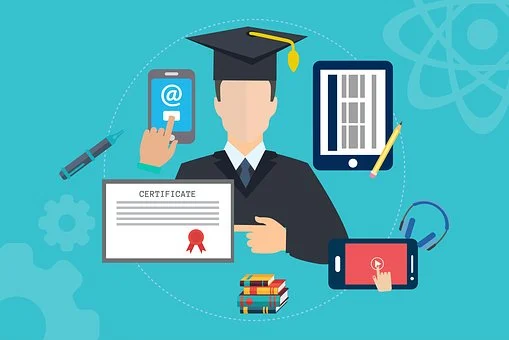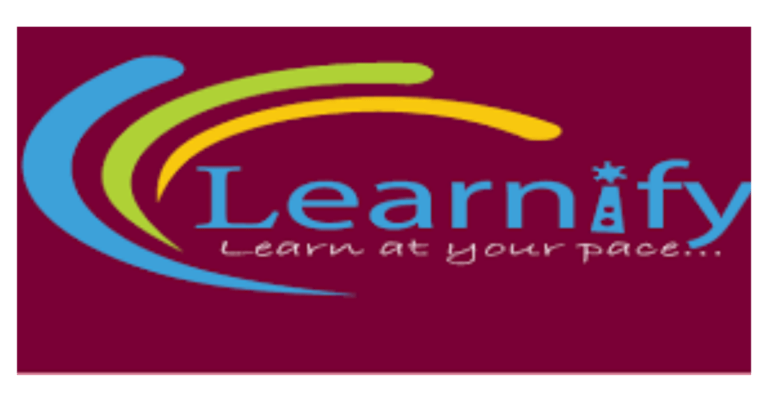The Best of Audio and Video In E-Learning: A Must Know

In our constantly-changing world, it’s not just about technology; it’s also about people. In a world where everyone from customer service reps, students to CEOs needs to be equipped with the most current, up-to-date and advances in education, audio and video in e-learning are crucial for effective communication.
E-learning is the continuous delivery of educational content via video and other media. The term “e-Learning” was first coined by Jay Kaye in the early 1990s as a way of creating environments that foster learning and engagement.
Today, we see e-Learning as simply another way to increase students’ digital literacy skills through the acquisition of digital content online. In this blog post, we will explore the role of audio and video in e-Learning, including examples and best practices.
Read: 10 Different Types of E-Learning Platforms
What is E-Learning?
E-Learning is the continuous delivery of educational content via video and other media. The term “e-Learning” was first coined by Jay Kaye in the early 1990s as a way of creating environments that foster learning and engagement.
Today, we see e-Learning as simply another way to increase students’ digital literacy skills through the acquisition of digital content online. In this blog post, we will explore the role of audio in e-Learning, including examples and best practices.
How Does Audio in E-Learning Different From Other Types of Content?
E-Learning is different from other types of content in several ways. First, it is delivered as digital media. Second, it is often based on a topic or subject. For example, a marketing course online might cover topics such as online marketing, online marketing strategies, and best practices for marketing online.
E-Learning is also different from visual content in that it is visual and auditory. For example, a video course on computer science might contain visual information, such as pictures and videos, but a sound piece would be the sound of an instrument or voice.
Finally, e-Learning can be delivered as a combination of various media. For example, a video course can be delivered as a printed book or an eBook. Similarly, a printed or e-book version of a video course can be included as an in-class or elective.
Why Audio is Important in E-learning
The role of audio in e-learning is to create a comfortable, personal, and helpful environment for students. It can do this by making learning fun, engaging, and personalized. You can hear this in the way students recognize and respond to your voice, the way they word things and the way they picture people and objects. In a social setting, they will also be able to hear and feel heard by their classmates. As important as audio is in e-learning, video is also important and together, audio and video in e-learning work hand in hand.
Best Practices for Video-Based E-Learning
When it comes to specific best practices for improving the quality of video-based e-Learning, we can begin with the basics. The idea is to have your learnings private and accessible to your audience, while simultaneously increasing the impact of your lessons by making them more engaging and meaningful.
To begin, remember that learning is a process. Learning by rote, memorizing chunks of information, or poring over statistics is unlikely to be productive and efficient. Instead, new ways of learning, like engaging learning experiences, can be leveraged to enrich the content and experience of your students.
To create engaging learning experiences, experiments are bound to occur. So are mistaken. So is knowledge. Experiment and learn, and then use your findings to create real-world experiences that are engaging and enriching for your students.
Examples of Video-Based E-Learning
Beyond the examples that follow, we’ve also got some picks that we believe are worth discussing in more depth. These are examples of video-based e-Learning that are either teaching or demonstrating key concepts or techniques. One of the most popular examples of video-based e-Learning is “Learn Bydo,” a popular 10-chapter course taught by English teacher Hannah Brudney.
The course was established as a way for high school and college students to gain hands-on experience with information technology, and it can be seen as an exact match for the topic of this post: communication. The course starts with an introduction to the basics of how the internet works, then move on to how to set up and use a social media platform, and concludes with an overview of how to use technology to create impactful and informative content.
Another popular example of video-based e-Learning is “mind,” a course that was recorded and released in 2017 by the professional development company iPower. In the course, students work as a team to develop an app that enables them to manage their health and fitness through a smartphone app. The course also includes a one-on-one interview with the author, as well as plenty of hands-on exercises.
Conclusion
E-Learning is a rapidly growing field that offers targeted solutions for a wide range of educational needs. It is often linked to the development of digital literacy skills, which can be used to enhance communication, increase academic performance, and increase engagement with the learning experience.
The role of audio and video in e-Learning is an important one to list in this growing field. This versatile tool can be used in any setting where digital literacy is an important part of the lesson. Audio and video in e-learning work together.
Additionally, in our ever-changing world, it is also important to remember that technology is not a one-size-fits-all solution for all learners. The key here is to pick the best examples and use them effectively.





